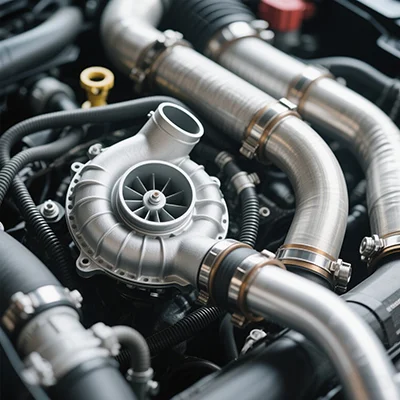Revolutionizing Packaging: Unveiling the Most Sustainable Approach
Packaging plays a pivotal role in our daily lives, ensuring the safe transportation and preservation of products. However, the environmental impact of packaging waste has become a growing concern. In this blog post, we will explore the most sustainable way of packaging, focusing on innovative solutions that minimize waste, reduce carbon footprint, and promote a circular economy.
- Embracing Biodegradable Materials:
One of the most promising approaches to sustainable packaging is the utilization of biodegradable materials. These materials, such as plant-based plastics, compostable papers, and bio-based polymers, can break down naturally in the environment, reducing the accumulation of non-biodegradable waste. Companies are increasingly adopting these materials, which not only reduce environmental harm but also provide a renewable resource for packaging production. - Implementing Minimalist Design:
Another sustainable packaging strategy is embracing minimalist design principles. By reducing the amount of material used in packaging, companies can minimize waste and lower their carbon footprint. Streamlined packaging designs not only save resources but also enhance the overall aesthetic appeal. Additionally, lightweight packaging reduces transportation costs and energy consumption, further contributing to sustainability. - Adopting Reusable and Refillable Packaging:
The concept of reusable and refillable packaging has gained significant traction in recent years. By encouraging consumers to return packaging for refilling or reusing, companies can significantly reduce waste generation. This approach promotes a circular economy, where packaging materials are kept in use for as long as possible, reducing the need for continuous production and disposal. - Exploring Innovative Technologies:
Innovation plays a crucial role in sustainable packaging. Companies are investing in research and development to explore cutting-edge technologies such as edible packaging, smart packaging, and bioplastics derived from algae. Edible packaging, made from natural materials like seaweed, offers a unique solution to eliminate packaging waste entirely. Smart packaging incorporates sensors and indicators to monitor product freshness, reducing food waste. Algae-based bioplastics provide a renewable and biodegradable alternative to traditional plastics. - Encouraging Consumer Education and Behavior Change:
To achieve a truly sustainable packaging system, consumer education and behavior change are essential. Companies should invest in campaigns that raise awareness about the environmental impact of packaging waste and promote responsible consumption. By encouraging consumers to make informed choices, such as opting for products with minimal packaging or choosing brands that prioritize sustainability, we can collectively drive the demand for more sustainable packaging solutions.
Conclusion:
The most sustainable way of packaging lies in a combination of innovative approaches. Embracing biodegradable materials, minimalist design, reusable packaging, and exploring new technologies are key steps towards a greener future. However, it is crucial to remember that sustainable packaging is a collective effort involving businesses, consumers, and policymakers. By working together, we can revolutionize packaging practices and create a more sustainable and environmentally conscious world.
